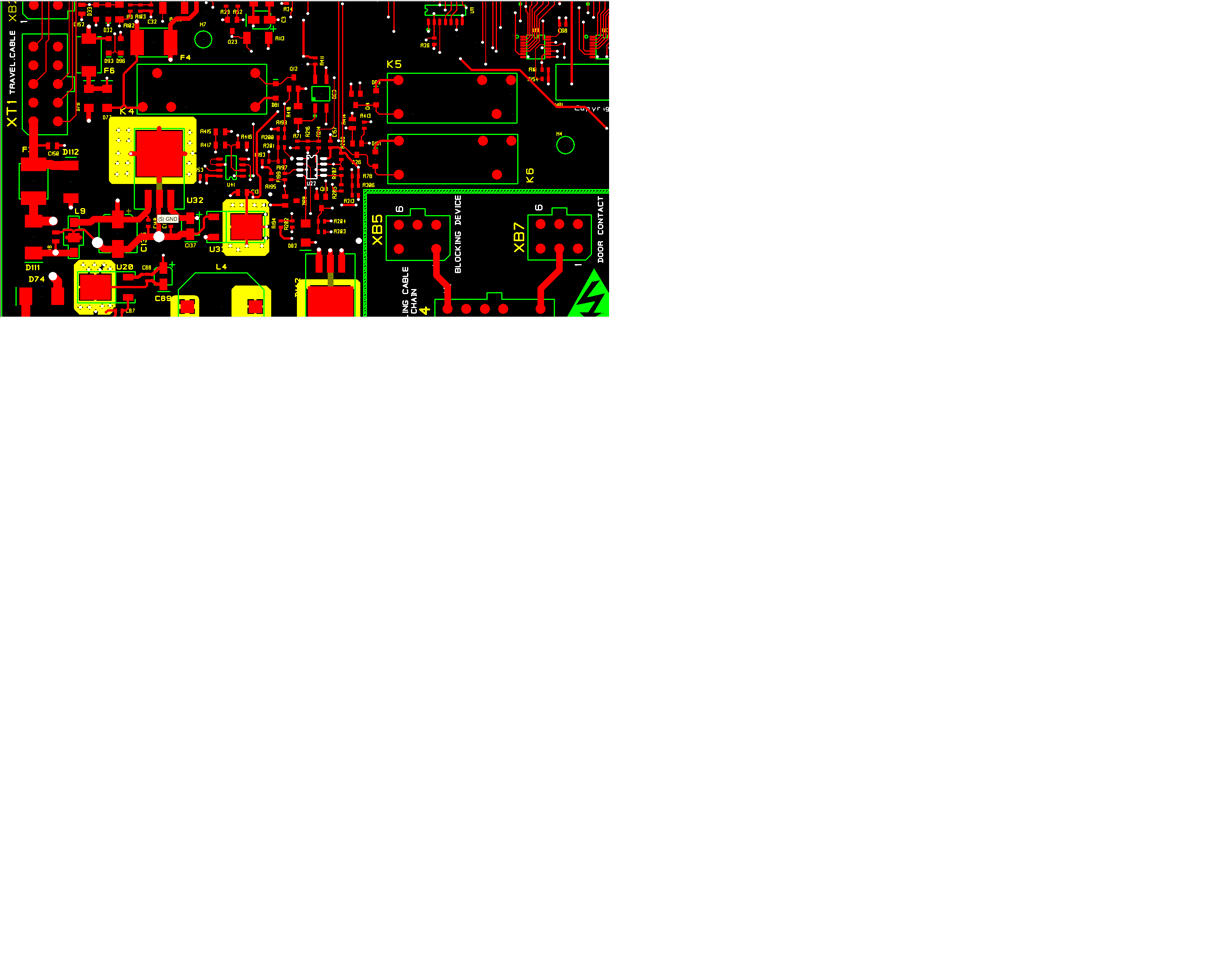Hi, we are facing some output issue with the comparator LM293. Attached the circuit where LM293 is used in our application. There are 100 nos. of boards which are in field, In some boards we are receiving the feedback that the output of the comparator is always low though the non-inverting input is high. Below the measured voltages. Sometimes the output is oscillating between Low & High though the Non-Inverting Input is at 2.5V & Inverting Input is at 0V. Could you pls help to sort out what could be the reason for this issue.
-
Ask a related question
What is a related question?A related question is a question created from another question. When the related question is created, it will be automatically linked to the original question.


